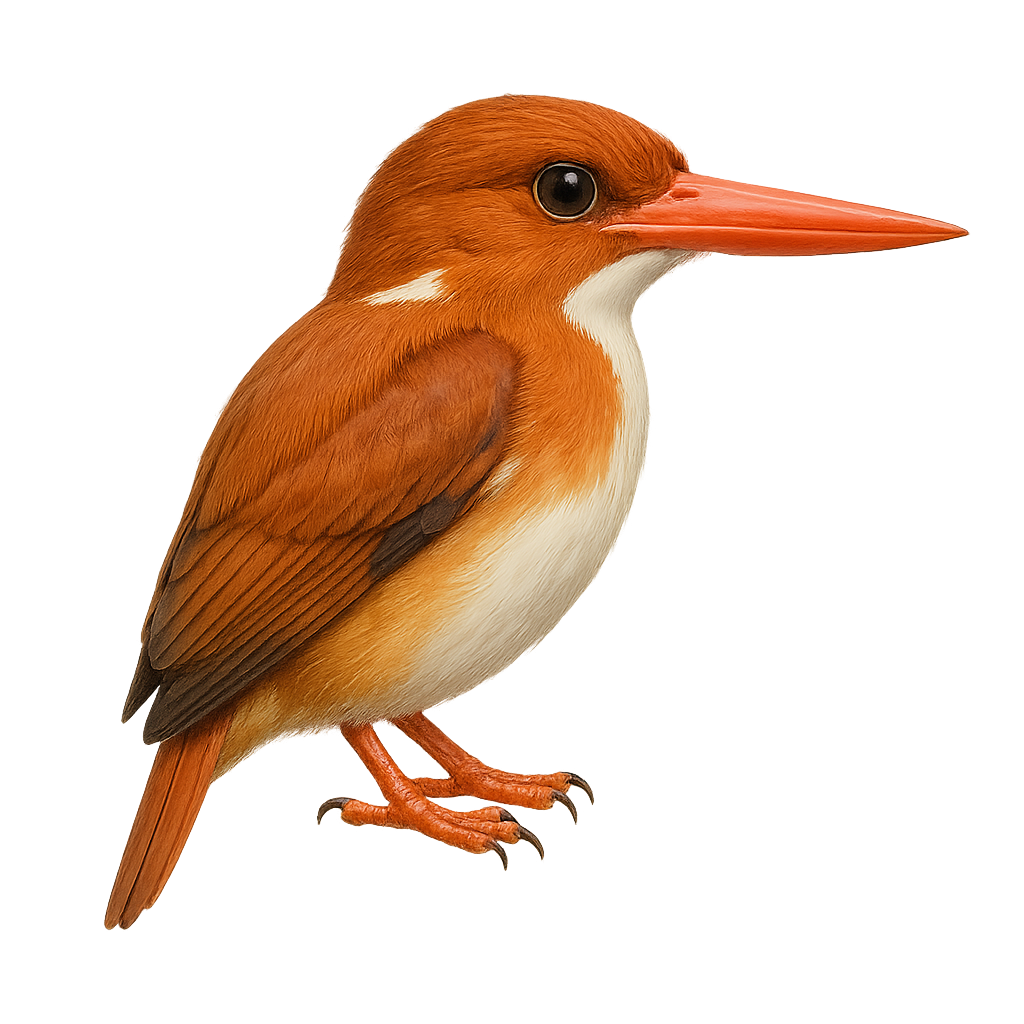Your wildlife photography guide.
Explore the madagascar pygmy kingfisher in detail, study its behavior, prepare your shots.
Where to observe and photograph the madagascar pygmy kingfisher in the wild
Learn where and when to spot the madagascar pygmy kingfisher in the wild, how to identify the species based on distinctive features, and what natural environments it inhabits. The WildlifePhotographer app offers tailored photography tips that reflect the madagascar pygmy kingfisher’s behavior, helping you capture better wildlife images. Explore the full species profile for key information including description, habitat, active periods, and approach techniques.
Madagascar Pygmy Kingfisher
Scientific name: Corythornis madagascariensis

IUCN Status: Least Concern
Family: ALCEDINIDAE
Group: Birds
Sensitivity to human approach: Suspicious
Minimum approach distance: 10 m
Courtship display: September to October
Incubation: 21-23 jours
Hatchings: September to November
Habitat:
Humid forests, mangroves, rivers
Activity period :
Primarily active during the day, with peak activity in the morning and late afternoon.
Identification and description:
The Madagascar Pygmy Kingfisher, or Corythornis madagascariensis, is an endemic bird of Madagascar, known for its striking plumage. It features a bright blue head and back, contrasting with a white chest and belly. This small bird, measuring about 13 to 15 cm, is often seen near water bodies, where it primarily hunts small fish and insects. Its long, pointed beak is perfectly adapted for catching aquatic prey. Though discreet, its melodious song often echoes in the island's humid forests and mangroves. It symbolizes Madagascar's unique biodiversity, but its population is threatened by deforestation and habitat degradation.
Recommended lens:
400mm – adjust based on distance, desired framing (portrait or habitat), and approach conditions.
Photography tips:
To photograph the Madagascar Pygmy Kingfisher, it's advisable to use a telephoto lens of at least 400mm to capture detailed images without disturbing the bird. Look for areas near water where it is likely to hunt. Be patient and discreet, as this bird is suspicious. Use a tripod to stabilize your camera and wait for the right moment to capture the bird in flight or when it dives to catch prey. Morning or late afternoon light is ideal for achieving bright and natural colors.
The WildlifePhotographer App is coming soon!
Be the first to explore the best nature spots, track rutting seasons, log your observations, and observe more wildlife.
Already 1 432 wildlife lovers subscribed worldwide

